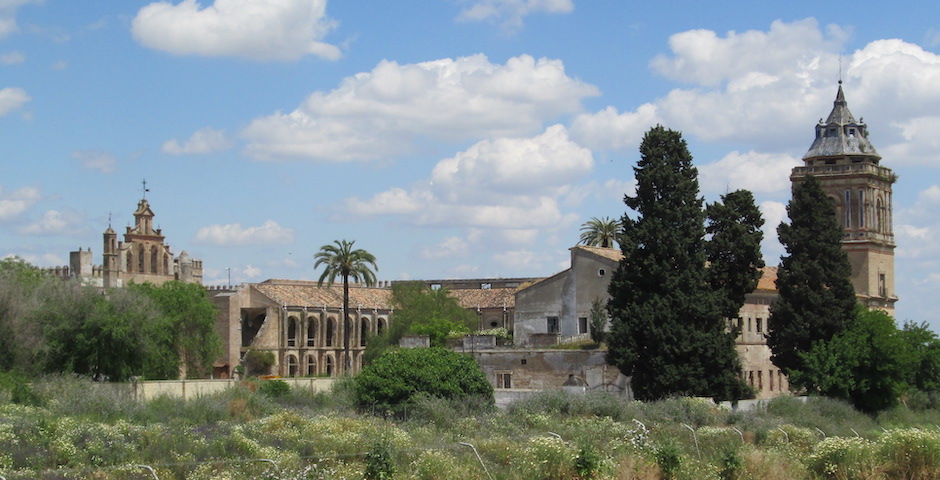Andalusian government to restore the cradle of Spanish reformers Reina and Valera
The Office of Culture and Heritage will invest more than 4 million euros in the recovery of the San Isidoro del Campo monastery, where the first translation of the Bible into Spanish began.
Protestante Digital · SEVILLE · 16 JULY 2020 · 09:12 CET

In a few years, the monastery of San Isidoro del Campo in Santiponce (Seville, Spain) could recover its splendor, thanks to the restoration that the regional government of Andalusia has already launched.
The restoration will cost more than 4 million euros, with an execution period of 29 months. It is expected to stop the deterioration of the Hieronymite cloister and the Baroque tower, among other elements.
The first step of Patricia del Pozo, regional Counselor of Culture and Heritage, has been the tender for the drafting of the project, processed urgently at a cost of 570,000 euros.
The execution of the contract includes the basic project and four execution projects: the construction management, the construction execution management, the health and safety coordination, as well as the archaeological monitoring of the works.
The second phase of the restoration will involve the consolidation of the old oil mill, the granery, the warehouse, and the south and east naves of the Hieronymite cloister, as well as the Baroque tower.
Risk of collapse
“Due to the precarious situation of several buildings, it is urgent to start working in their recovery and consolidation”, the project explains.
According to the report, “the roofs of the the oil mill are gradually falling down, due to the ruin and collapse of the pilasters of the intermediate arcade, while in the granery and the warehouse the roofs have already suffered collapses in the lateral naves”.
Furthermore, “the south nave of the Hieronymite cloister might have suffered a partial collapse of its roof slab”.
Second phase of the project
The first phase of the restoration concluded in 2002, also perfordmed by to the regional government, and it allowed its oldest premises (most of which date back to the Middle Ages) to be reopened for public visits.
These facilities include the two naves of the church (also called twin churches), the chapterhouse, the sacristy, and the cloister of the dead, one of the main references of Mudejar art.
“This initiative is part of the Andalusian government's commitment to recover the historical heritage, a key pillar for economic and tourist recovery”, Pozo pointed out.
A historical monastery
The monastery has the best of the Gothic, Mudejar and Baroque styles.
It was originally governed by the cister, then it passed to the Hieronymite hermits and finally, to the Hieronymite order. Most of the premises that will be restored are from this last period.
It is also a place of reference for Spanish Protestantism, since an important group of Protestants took shape there in the sixteenth century.
“Evangelicals are emotionally linked to the monastery, especially because of the presence of a group of Hieronymite monks, among whom were Casiodoro de Reina, Cipriano de Valera, Antonio del Corro, etc. The monastery is a benchmark for 16th century Spanish reformation”, historian Emilio Monjo told Spanish news website Protestante Digital.
Cassiodoro de Reina was the first to translate the entire Bible into Spanish. A few years later, Cipriano de Valera published a revision of it, which is known today as the Reina-Valera Bible, one of the most widespread and beloved versions of the Bible in the evangelical world.
In te last years, there have been exhibitions, book presentations and concerts in the monastery, to unearth the Spanish evangelical memory.
Published in: Evangelical Focus - culture - Andalusian government to restore the cradle of Spanish reformers Reina and Valera
